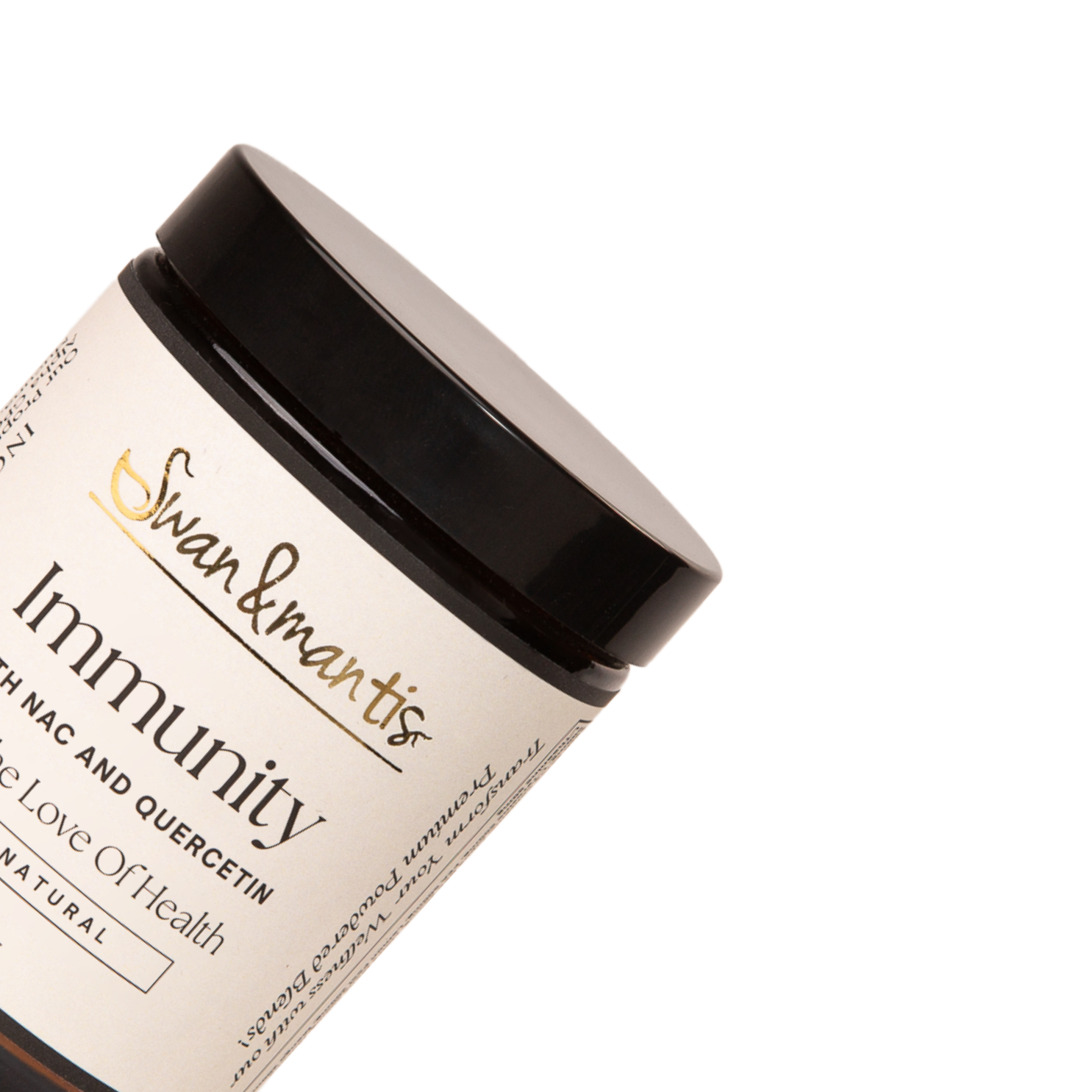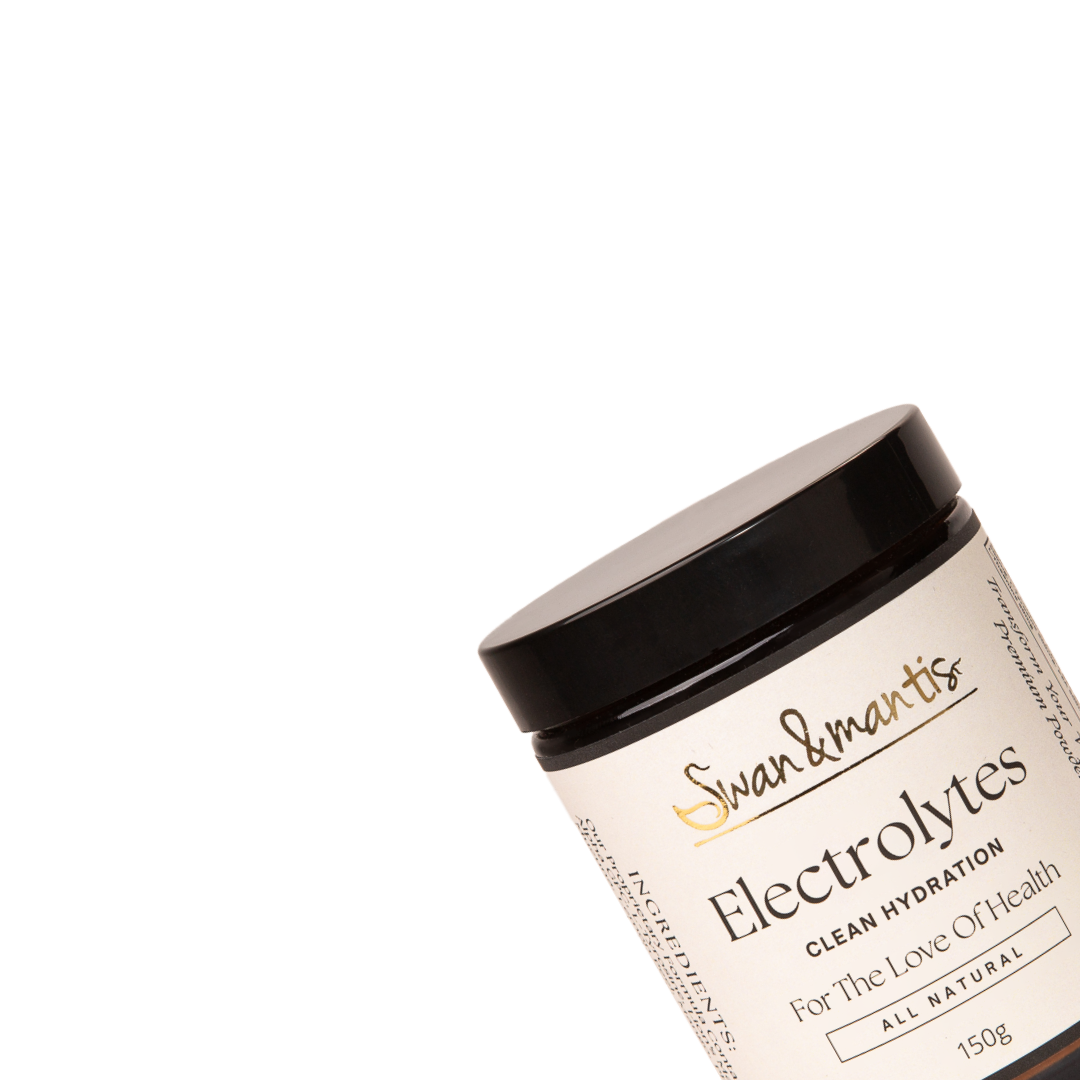Pau D'Arco
Pau d'Arco
Pau d'Arco is a natural herb retrieved from the inner bark of the Tabebuia Avellanedae or Tabebuia Impetiginosa, known as taheebo. The taheebo tree is grown predominantly in Central and South America, but may also be cultivated in southern Florida. Pau d'Arco, also known as ipe roxo or sometimes lapacho (its derivative), has been used for centuries by the Indio tribes of South America, as well as the ancient Incas and Aztecs. Pau d'Arco tea or tincture concoctions have had beneficial effects for cancer victims, anywhere from alleviation of chemotherapy symptoms to complete remission of tumors. An article published by Dr. Daniel B. Mowrey on Pau d'Arco stated that "who Lapacho has produced clinical anti-cancer effects without side effects." This taheebo tea has been helpful to many. Candida Albicans, a fungus which causes yeast infections, has also been treated by the Pau d'Arco herb. Clinical studies also showed strong in vitro activity against various other bacteria, fungi and yeast, including:Aspergillus, Staphylococcus aureus, Streptococcus,Helicobacter pylori (common cause of stomach ulcers), Bucella, tuberculosis, pneumonia, and dysentery.
Antiviral properties have been displayed in vitro by Pau d'Arco against viruses such as: herpes I and II, influenza, polio virus and vesicular stomatitis virus. Pau d'Arco is also confirmed as being an antiparisitic against various parasites, including: malaria, schistosoma, and trypanosoma. Additionally, the herb has even demonstrated usefulness as an anti-inflammatory. Pau d'Arco bark has active principles, mainly lapachol, quercetin and other flavonoids. Once the Pau d'Arco inner bark is dried and shredded it can be made into a tea which has a slight bitter or sour taste, and is brownish-colored. This herbal tea is used by many during the cold and flu season, and is a remedy for smoker's cough. Another medicinal use of Pau d'Arco is as an expectorant: to promote "coughing up" by the lungs in order to free deeply embedded mucus and contaminates. Aside from continental South America, Tabebuia also ranges to the islands of Hispanola (the Dominican Republic and Haiti) and Cuba, as well as north into Mexico. Tabebuia is a neotropical genus with approximately 1000 species, hailing from the tribe Tecomeae of the family Bignoniaceae.


